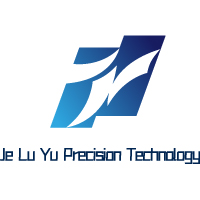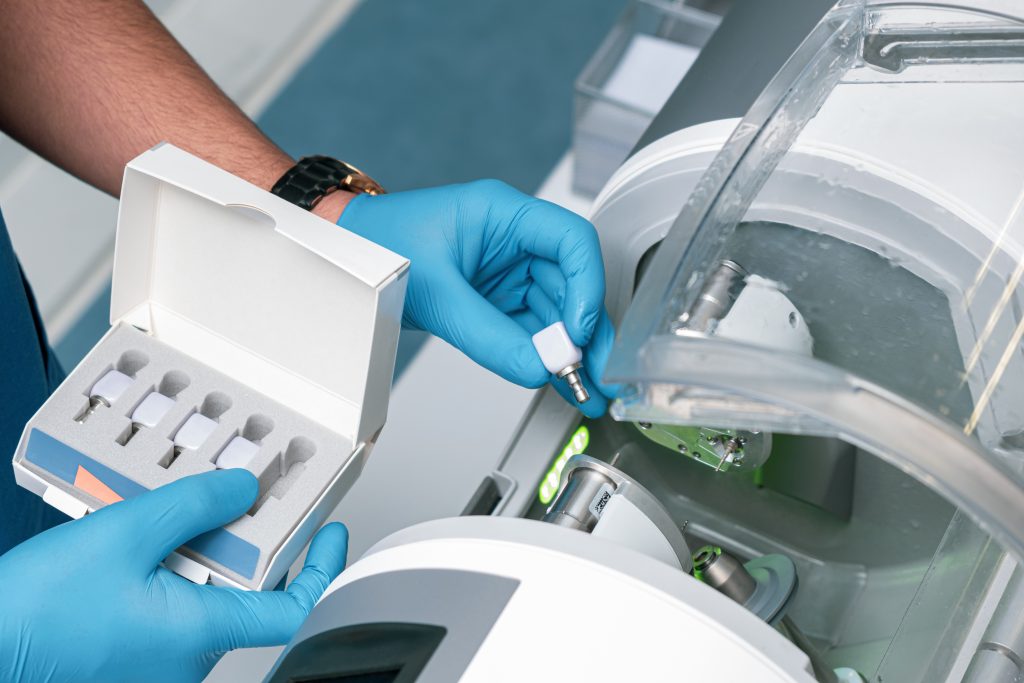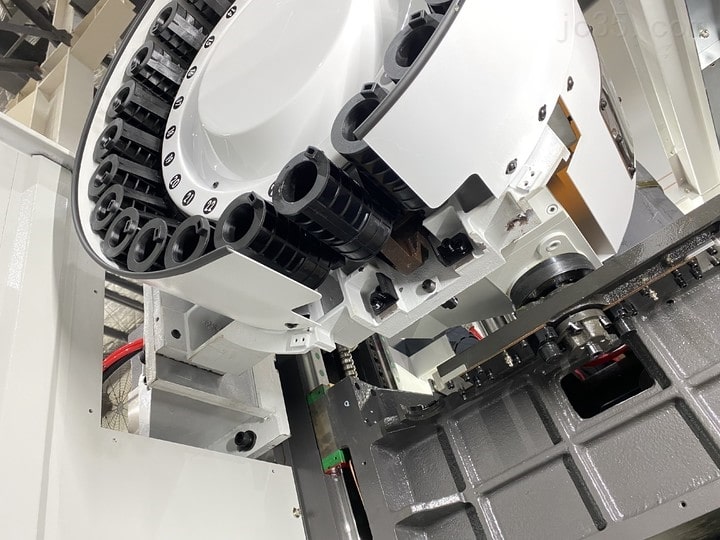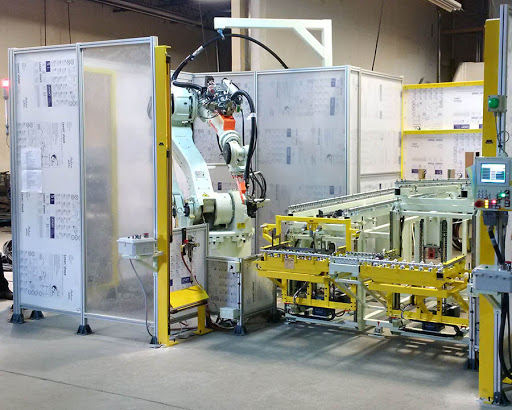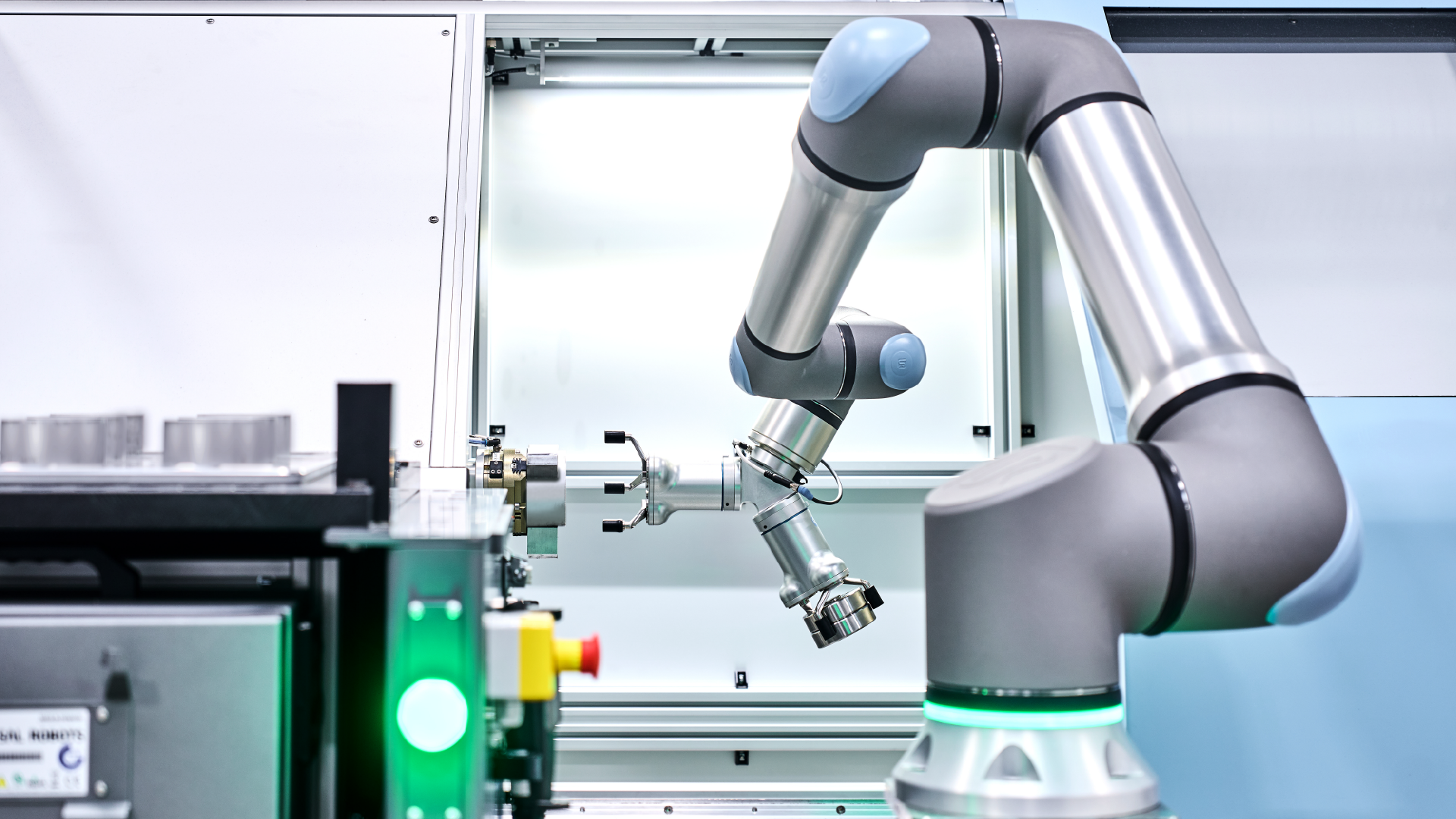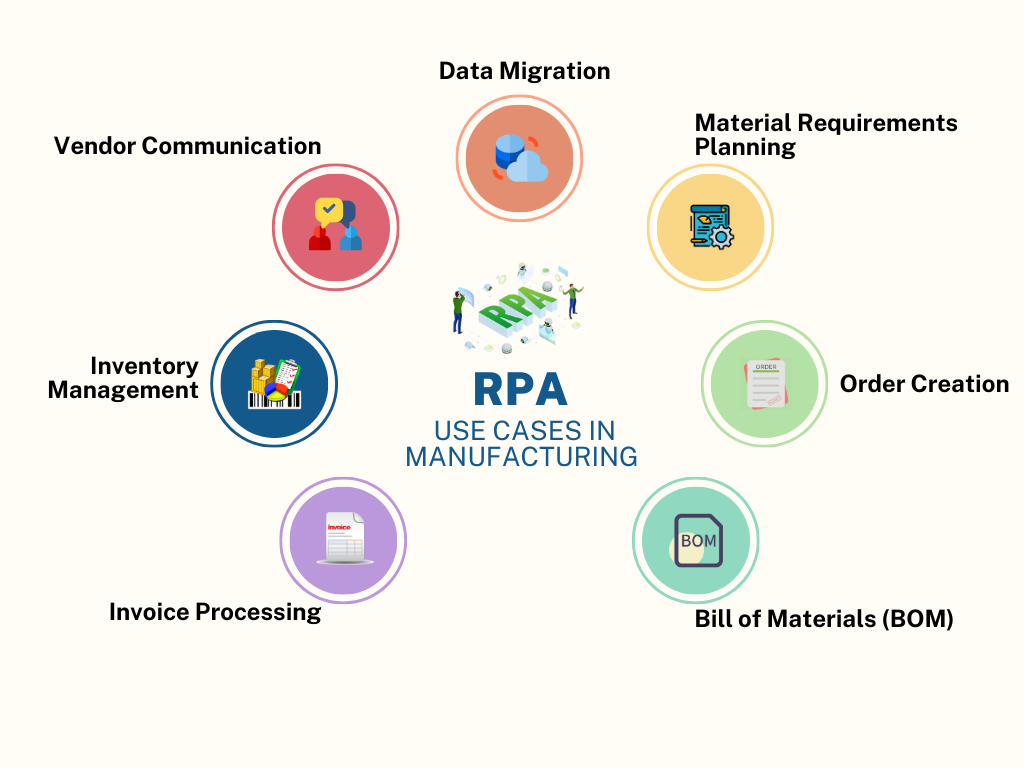Precision PVD Coating Technology for Medical Instruments
1. Medical PVD Coating Specifications
ParameterSurgical InstrumentsOrthopedic ImplantsDental ToolsCoating MaterialZrN, TiNTiO₂, TaNAu-based, CrNThickness1-5μm2-8μm0.5-3μmHardness1800-2500HV1500-2000HV2000-2800HVBiocompatibilityISO 10993-5ISO 10993-1EN ISO 22674Antimicrobial TestASTM E2149N/AN/ACorrosion Resistance1000h salt spray500h PBS300h saliva
2. Medical Instrument Coating Solutions
PVD coating medical instruments play a crucial role in enhancing the performance and longevity of medical tools.
PVD coating medical instruments significantly improves their resistance to wear and tear, making them essential in medical environments.
Surgical Tools
InstrumentCoatingKey PropertyMedical StandardScalpelsZrNAntibacterialFDA 510(k)ForcepsCrNWear resistantISO 7153-1ScissorsTiNCorrosion proofEN ISO 7740
Implantable Devices
DeviceCoatingSpecial RequirementTesting MethodHip ImplantsTiO₂OsteoconductiveASTM F2129Spinal RodsTaNX-ray visibleISO 5832-3Dental ScrewsAu-basedGingival interfaceISO 22794
Diagnostic Equipment
ComponentCoatingFunctionComplianceEndoscope TipsDLCScratch resistantIEC 60601-1Probe SurfacesTiNChemical inertFDA 21 CFRMRI ComponentsCrNNon-magneticASTM F2503
The significance of PVD coating in medical instruments cannot be overstated, as it provides essential benefits such as increased durability and resistance to wear. This is particularly important in environments where instruments are frequently sterilized and subjected to harsh conditions.
With the advancements in technology, PVD coating medical instruments are becoming the standard for durability and reliability in the healthcare sector.
Additionally, the implementation of PVD coating medical instruments can lead to enhanced performance in surgical procedures, ensuring patient safety.
3. Case Studies
Case 1: Antimicrobial Scalpel Coating
-
Client: German surgical instrument manufacturer
-
Challenge: Needed 99.9% bacterial reduction coating
-
Solution: Nanostructured ZrN coating with Ag doping
-
Results: Passed ISO 22196, achieved 4-log reduction
Case 2: Orthopedic Implant Surface
-
Client: US medical device company
-
Challenge: Required bioactive coating for titanium
-
Solution: Micro-arc oxidized TiO₂ layer
-
Results: 85% faster osseointegration, FDA cleared
Case 3: Dental Implant Protection
-
Client: Swiss dental manufacturer
-
Challenge: Needed corrosion-resistant coating
-
Solution: Gradient Au-TiN multilayer
-
Results: Passed 300h artificial saliva test
4. Medical PVD Coating Process
Stage 1: Medical-Grade Cleaning
-
5-stage ultrasonic cleaning (ISO 13408-1)
-
Plasma activation (Ar/O₂ mixture)
-
Surface roughness control (Ra <0.05μm)
Stage 2: Controlled Deposition
-
HIPIMS technology for dense coatings
-
Computer-controlled layer architecture
-
Real-time optical emission monitoring
Stage 3: Strict Validation
-
Cytotoxicity testing (ISO 10993-5)
-
Coating adhesion (ASTM F1147)
-
Accelerated aging (ISO 11979-5)
For medical-grade PVD coating services, contact [email protected].
